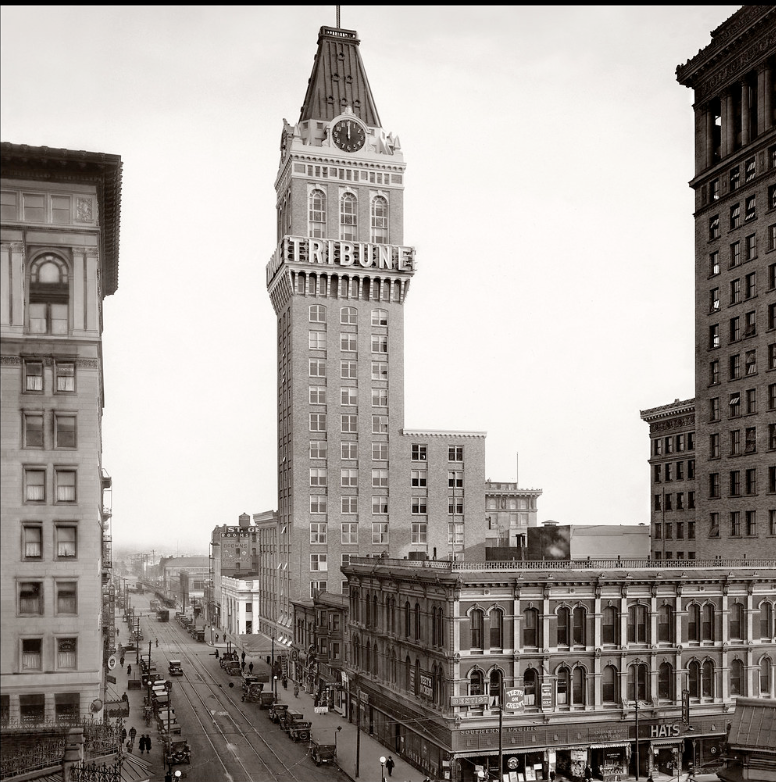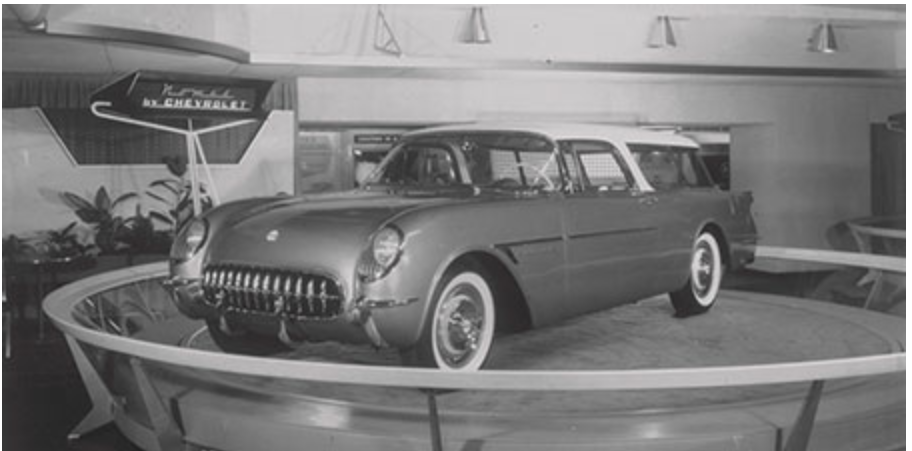
Oakland might be a poster child for our future.
Oakland had a most impressive long history as a thriving industrial center.
Oakland was first incorporated as a town in 1852. It had always been a popular place for thousands of years before by the Muwekna Ohlone who were part of the original Californians the Miwoks who spent winters near Temescal Creek and Lake Merritt for thousands of years. In 1772 the Spaniards occupied the land in the name of their king. Peralta, a Spanish soldier was deeded 44 thousand acres by the Spanish crown and his deed was confirmed when Mexico declared their independence. The land was divided up by his 4 sons. As much of California this region was covered by Oak trees and this is how it eventually got its name. During the Treaty of Guadalupe Hidalgo in the mid 19th century during the gold rush Mexico gave up the land to the US. Ever more and more squatters ignored the land ownership and a team of Treaty of Guadalupe Hidalgo roving soldiers led by three men from nearby San Francisco established “Contra Costa.”
In 1853 John Coffee “Jack” Hays took up residence while he served as the sheriff in San Francisco. On March 25, 1854, Oakland was once again incorporated as the City of Oakland with Carpentier one of the San Francisco war lords as the Mayor. However he was quite corrupt and was quickly voted out of office and replaced by Charles Campbell as Mayor on March 5, 1855. Thanks to the fact that the several railroads ended up in Oakland it quickly became a major industrial hub. In 1868, the Central Pacific ended at the Port of Oakland. The Long Wharf also served as the terminus for the Transcontinental Railroad and the Southern Pacific, which was localed initially at 16th Street Station located at 16th and Wood.
In 1902 a deep channel was created for large ships and this is how Alameda become an Island separated from the mainland. Due to the earthquake and subsequent fires in San Francisco in 1906 the population doubled. This is when Mayor Frank Kanning Mott launched the “Beautiful City project” establishing the many parks, lakes and oak rimmed boulevards the city enjoys to this day. In 1914 he founded the Oakland Civic Auditorium which cost $1.4 Million dollars. It was used briefly as a hospital during the 1918 flue epidemic. Oakland was one of the most wonderful places to live and jobs were plentiful. Employers included General Motors, Chevrolet, Chrysler, and several other major auto companies.

The city also housed companies such as Kaiser, Bechtel, Phelan, Dreyer’s, Rocky Road Icecream, Western Union, Del Monte, and too many others to mention here. The high employment rate and associated growth of a strong middle class allowed Oakland to fashion itself into a world class city with the Golden State Theatre, Fox, Blumenfeld, Orpheum, Turner & Dahnken, the Grand Lake and the Paramount among others. By 1949 Oakland had a seating capacity of over 43 thousand theatre goers. Theatres came and went including the Hippodrome, Lurie, Premier and Roosevelt. Thanks to the start of commercial aviation Amelia Earhart , the Alameda Navel Air Station, and the 1930’s Howard Hughes’ movie the “Hell’s Angels” Oakland was one of the romanticized the epicenter of the West Coast.